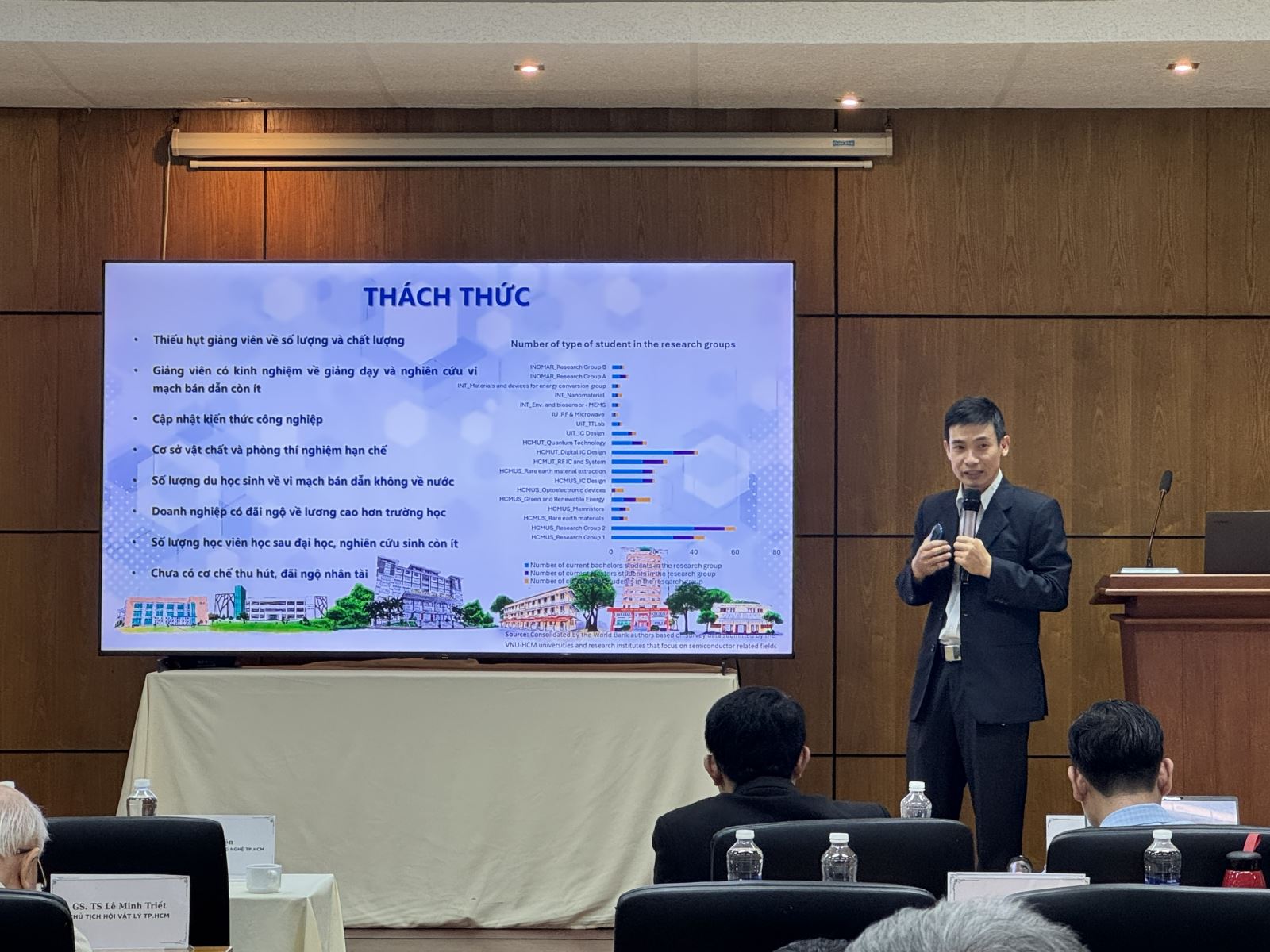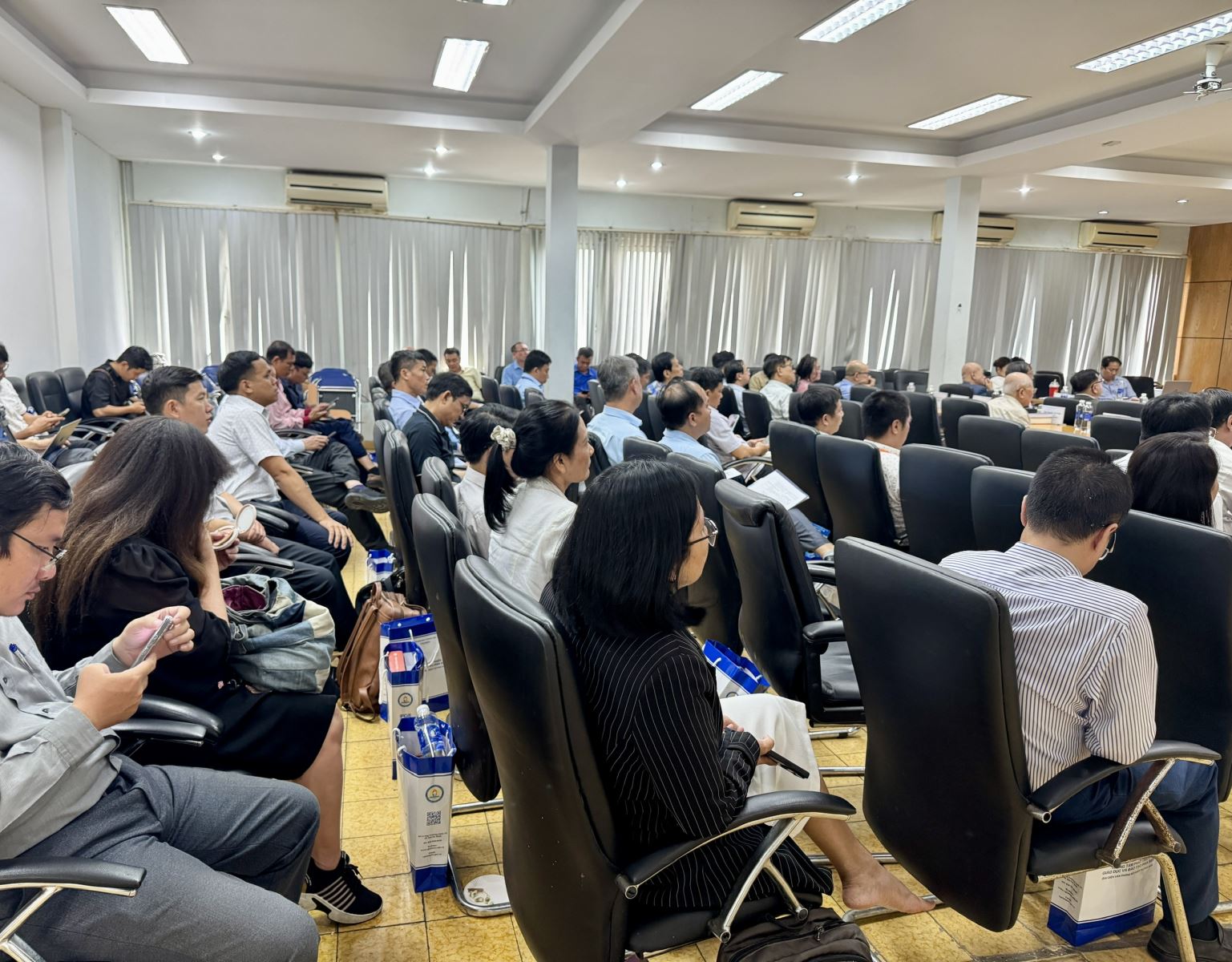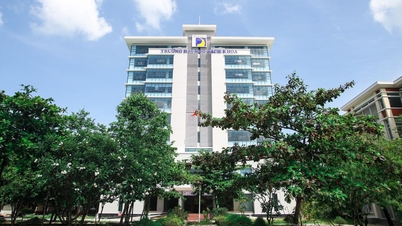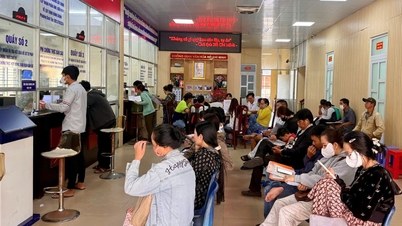Human resource gap
In every high-tech industrial development strategy, the human factor is always considered a prerequisite. With semiconductors, a field that requires high intelligence and absolute precision, the gap between national ambitions and human resources reality is even more obvious.

According to education experts, Vietnam currently has only about 5,000 people working in the field of microchips, while the demand by 2030 could be 10 times higher. But the problem is not only quantity, but also the quality of training. In many technical schools, the semiconductor industry is still a new field, the program is not synchronized, there is a lack of standard laboratories and the teaching staff has not had access to modern technology.
Associate Professor Dr. Le Duc Hung, Head of the Department of Electronics, Faculty of Electronics and Telecommunications (University of Science , VNU-HCM) said: “Semiconductors are a field that is updated every day, while our lecturers are still few and do not have many opportunities to practice at businesses. If we do not invest in teachers, we will not be able to have good students.”
From another perspective, Dr. Nguyen Huu Khanh Nhan, Deputy Head of the Faculty of Electrical and Electronics Engineering at Ton Duc Thang University, said that the bottleneck does not lie in the capacity of students, but in the mechanism for schools. “To have good engineers, schools must be given autonomy and real investment. Each institution needs to determine its own strengths: some schools focus on design, some schools specialize in testing, some develop simulations and applications,” said Dr. Khanh Nhan.
In fact, many universities in Ho Chi Minh City such as the University of Technology, Ton Duc Thang University,FPT University have begun to form microchip design centers, cooperating with businesses so that students can "study in a production environment". However, as experts say, those models are still isolated and lack system connection.
“There needs to be a comprehensive strategy for semiconductor human resources, which clearly defines the role of each school and institute and has a mechanism for close links with businesses. Otherwise, we will continue to spread out training, good students will not have a place to practice, and good practitioners will lack a research foundation,” said Mr. Le Thang Loi, Director of the Southern Center for Education and Training Development, Office of the Ministry of Education and Training.
The human resource gap is not only a story of education, but also a limit to business development. Because no matter how much investment capital there is, if there are no people to master the technology, the “key” to semiconductors will still be out of reach.
Starting from the classroom - a long-term direction for the future
In the global picture, the semiconductor industry is undergoing a strong restructuring. For example, the US, Japan, South Korea and Europe are promoting technological autonomy; India and Singapore are investing heavily in chip design training... Vietnam, with its young population and rapidly developing technical education system, is facing the opportunity to "squeeze in" this value chain if it knows how to go in the right direction.

Dr. David Nghiem, Founder of Global Wireless Technology (USA), believes that Vietnam should choose a strategic drop point, instead of "embracing" the entire production chain. "We do not need to invest billions of dollars to build a chip foundry. What is needed is design capacity, a stage with high intellectual value, low cost and easy integration. If the design team is well trained, Vietnam can export brainpower instead of just exporting components," said Dr. David Nghiem.
This view is shared by many domestic scientists. Instead of “following behind” in capital-intensive production, Vietnam can focus on the first links of the chain, design and research - where human intelligence is an advantage. To do this, it is necessary to start with interdisciplinary training, combining electronics, computer science, artificial intelligence and physics.
Associate Professor Dr. Nguyen Ai Viet, Director of the Institute for New General Intelligence Technology and Education (IGNITE), member of the National Advisory Council on Science and Technology Development, emphasized: “Vietnam’s biggest challenge is not only technical infrastructure, but also the lack of R&D teams who can orient technology and lead the ecosystem. There needs to be a specific policy to form a class of ‘chief engineers’ and chief architects in the industry.”
According to him, universities cannot stand outside the national strategy on semiconductors. The State needs to create a legal corridor for the model of “enterprises - schools - research institutes” to participate in training and technology transfer. At that time, students will not only learn knowledge, but also be trained in creativity, practice and research during the learning process.
Towards this end, many opinions have proposed expanding scholarship policies for semiconductor students, building joint laboratories for shared use between schools, and encouraging young lecturers to do internships or academic exchanges abroad. Every penny invested in lecturers today, in the words of Associate Professor Dr. Le Duc Hung, “is an investment in the country’s technological future.”
In every development strategy, people are always the first and last factor. For the semiconductor industry, an industry that requires knowledge, creativity and perseverance - the problem of human resources is not only the task of education, but also the foundation of the nation. Only when universities are empowered, trusted and properly invested, can the "dream of Vietnamese chips" take shape, not in speeches, but in every class hour, every project of today's students.
Source: https://baotintuc.vn/giao-duc/dao-tao-nhan-luc-nganh-cong-nghiep-ban-dan-go-nut-that-tu-giang-duong-20251009154638883.htm





![[Photo] Prime Minister Pham Minh Chinh chairs the Conference to deploy the National Target Program on Drug Prevention and Control until 2030](https://vphoto.vietnam.vn/thumb/1200x675/vietnam/resource/IMAGE/2025/10/09/1759990393779_dsc-0495-jpg.webp)
![[Photo] Prime Minister Pham Minh Chinh chairs a meeting of the Government Standing Committee on overcoming the consequences of natural disasters after storm No. 11](https://vphoto.vietnam.vn/thumb/1200x675/vietnam/resource/IMAGE/2025/10/09/1759997894015_dsc-0591-jpg.webp)





![[Photo] Impressions of the Can Gio Whale Festival](https://vphoto.vietnam.vn/thumb/402x226/vietnam/resource/IMAGE/2025/10/09/1759984089762_image12334-5642-jpg.webp)


























































































Comment (0)